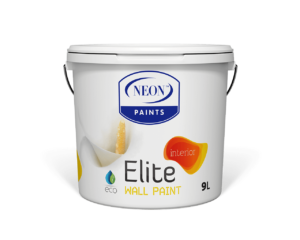GO NET ZERO, GO GREEN

One of the key characteristics of our signature Net Zero Paint is its reduced emissions during production. Traditional paints often rely on petrochemical-derived ingredients, such as solvents and pigments, which contribute to high levels of carbon emissions. In contrast, Net Zero Paints are made from renewable resources or natural materials, such as plant-based oils, minerals, and recycled components. This helps minimize the carbon intensity of their production. Moreover, many Net Zero Paint manufacturers use renewable energy sources (e.g., solar or wind) to power their manufacturing facilities, further reducing their carbon footprint.
In addition to their low environmental impact during production, these paints are formulated to have minimal emissions during use. A significant benefit of Net Zero Paint is its low or zero volatile organic compounds (VOCs), which are harmful chemicals that can evaporate into the air and contribute to indoor air pollution, as well as outdoor smog. VOCs are also linked to a range of health issues, such as headaches, respiratory problems, and allergies. By reducing or eliminating VOCs, Net Zero Paint improves both indoor air quality and overall human well-being.
The lifecycle of Net Zero Paint also includes sustainable packaging and disposal practices. Many manufacturers of eco-friendly paints aim to use recyclable or biodegradable packaging to reduce waste. Additionally, some formulations of Net Zero Paint claim to have the ability to sequester carbon dioxide from the atmosphere over time, helping to counterbalance emissions generated in other parts of the supply chain. These paints may even be developed with specific additives or properties that enable them to absorb and lock in CO2 from the environment, potentially offering an extra layer of environmental benefit





















